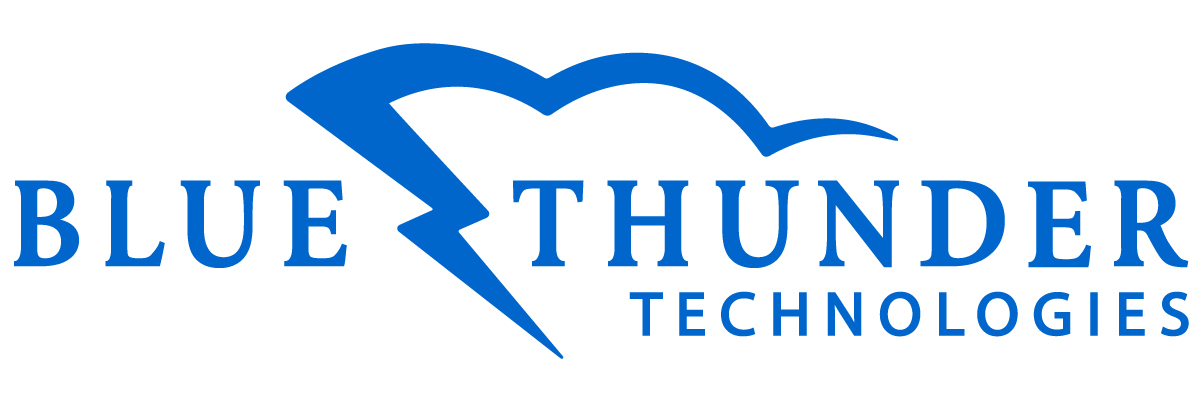What is quat binding?
Quat binding refers to the binding of a quaternary ammonium compound, also known as a quat, to a surface or substrate. Quats are positively charged compounds that are commonly used as disinfectants, sanitizers, and cleaning agents. They can bind to negatively charged surfaces and provide a lasting antimicrobial effect. The binding can also enhance the stability of the quat solution and prevent it from evaporating or losing its efficacy over time.
Why you should prevent quat binding for effective cleaning
Quat binding is not always desirable and sometimes needs to be avoided for effective cleaning. There are a few reasons for this:
- Ineffective cleaning: When quats bind to surfaces, they may become less effective at killing microorganisms. This can lead to poor cleaning results and increase the risk of contamination.
- Incompatibility with other chemicals: Some chemicals, such as hard water ions, can react with quats and prevent them from binding effectively to surfaces. This can lead to reduced efficacy of the disinfectant or sanitiser.
- Surface damage: Quats can be harsh on certain surfaces and cause damage, such as discolouration or corrosion. Preventing quat binding can help to reduce the risk of surface damage.
- Cost: Quats can be expensive, and preventing binding can help to reduce the amount of quat needed for a given application, potentially leading to cost savings.
Therefore, preventing quat binding can help to ensure the effectiveness of disinfectants and sanitisers, avoid compatibility issues with other chemicals, protect surfaces from damage, and potentially reduce costs associated with equipment damage and/or future product failure.
How to prevent quat binding
The Sphergo Swivel (registered trademark) Mopping System is designed to prevent quat binding. Let’s look at several ways to prevent quat binding:
Using the proper wiping materials: Quats contain positively charged ions, cotton and cellulose (paper) contain negatively charged ions. Positive attracts negative, thus, natural materials are not ideal to prevent quat binding.
Synthetic materials such as polyester/microfiber are positively charged, making it a favorable wiping option for preventing quat binding.
Use of chelating agents: Using products with chelating agents, such as EDTA, can help to prevent quat binding by binding to hard water ions and other contaminants that can interfere with quat efficacy.
pH adjustment: Adjusting the pH of a quat solution to the proper range can help to prevent binding and ensure maximum efficacy.
Use of surfactants: Surfactants, such as our Q.A.(registered trademark) Concentrated Solution, can help to prevent quat binding by reducing the surface tension of the solution and allowing the quat to penetrate and bind to the surface more effectively.
Dilution: Diluting the quat solution can help to reduce the concentration of quat ions and prevent binding to surfaces.
Regular cleaning and maintenance: Regular cleaning and maintenance of surfaces can help to remove buildup and other contaminants that can interfere with quat binding.
These are some of the ways to prevent quat binding, but the best method may vary depending on the specific application and the properties of the quat, as well as the surface being treated. It is important to consult the manufacturer’s instructions and perform proper testing to determine the most effective way to prevent quat binding.

